Regular attention
In Lang Giang district, the total volume of domestic waste generated in the area is about 83 tons/day; the total amount of waste collected, transported and treated is about 81.3 tons/day. The whole district has arranged 21 landfills and 96 waste collection points. In addition, the locality has 20 incinerators with a processing capacity of 300 kg - 1,400 kg/hour.
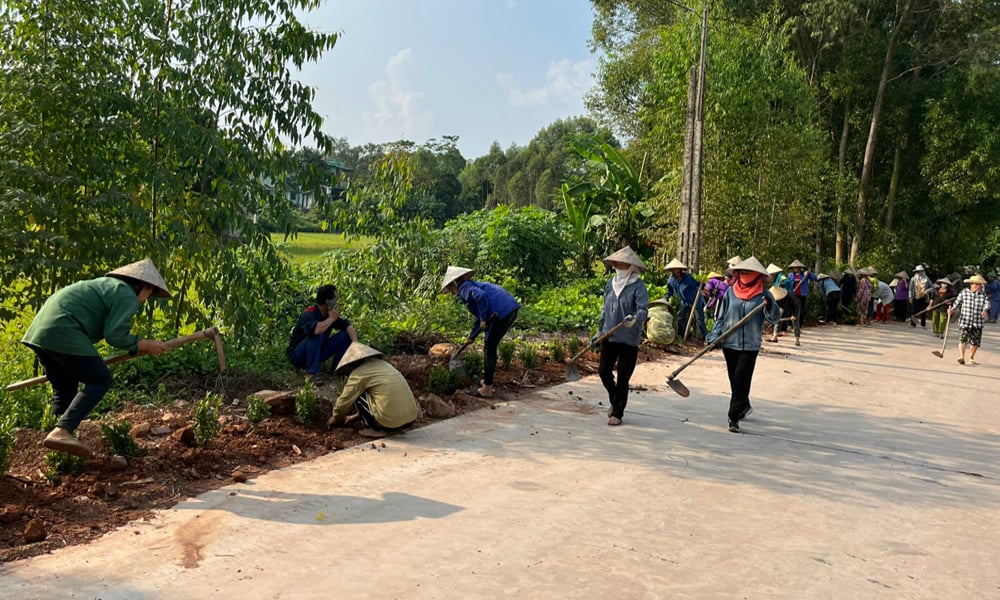 |
People of Den Trang village, Dong Son commune (Yen The) planted trees and cleaned up village roads and alleys. |
For communes and towns that have been equipped with incinerators, on-site classification and incineration are carried out (reaching about 95% of the collected waste); in places that have not been equipped with incinerators, on-site classification is currently carried out for manual burial or hiring a treatment unit to reduce the amount of waste remaining.
A representative of the Department of Agriculture and Environment of Lang Giang district informed that in the district, there are 19 environmental service cooperatives and environmental sanitation teams responsible for collecting, transporting and treating household waste. These units are invested with 12 cars and 36 homemade vehicles, ensuring that household waste is collected and transported to landfills and collection points for treatment.
The district has arranged more than 1,000 locations for storing pesticide packaging and signed contracts with units that are responsible for transporting and collecting them twice a year. In addition, the total amount of agricultural by-products generated in the area is about 510 tons/year, which has been collected by households to use as fuel, animal feed, and organic fertilizer, while the rest is transported to collection points for processing.
Regarding Tan Yen district, according to Mr. Nguyen Van Luan, Deputy Head of the District Department of Agriculture and Environment, the work of ensuring environmental sanitation in the locality has many positive changes: People are more aware and proactive in waste treatment, waste collection activities of environmental sanitation teams are increasingly professional. Some garbage accumulation points have been eliminated, the rate of garbage collected is 95%, and the rate of household waste treated is 95%.
Communes and towns have effectively maintained the Green Saturday and Clean Sunday movements, classifying, collecting and thoroughly treating waste discharged into the environment. Since the beginning of the year, localities have organized dozens of campaigns, collecting thousands of cubic meters of waste, cleaning more than 112 km of village roads and alleys, and clearing garbage on many canals.
The district Fatherland Front Committee and socio-political organizations have also deployed many models of waste classification, collection, and treatment at source; exchanging recycled waste for trees... to members and union members. Continue to effectively maintain the model and project "Propaganda, mobilization, and guidance for women's union members to collect, classify, and dispose of household waste in accordance with regulations in Bac Giang province, period 2021-2025". Grassroots unions organize for cadres, union members, workers, civil servants, and laborers to sign commitments and practice good environmental sanitation in agencies, units, enterprises, and at home...
Continue to promote propaganda and mobilization
Statistics from the authorities show that the total amount of waste generated in the province is currently 965 tons/day. Of which, Bac Giang city has 252.5 tons, Viet Yen town has 126 tons, Luc Nam district has 122.3 tons, Hiep Hoa has 126.3 tons...
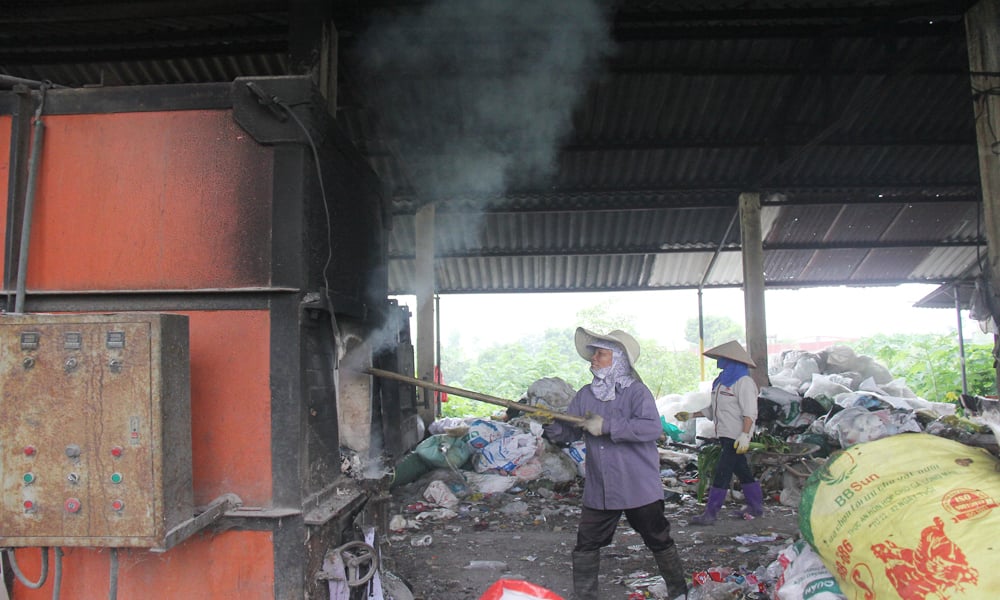 |
Processing stage at the incinerator in Viet Tien commune (Viet Yen). |
Implementing the province's direction, up to now, the collection and treatment of household waste in the province has achieved positive results, thereby there have been many good models and methods in ensuring environmental sanitation. For example, the Women's Union of Yen Son commune (Luc Nam) has carried out movements to "fight plastic waste", build families with "5 no, 3 clean, 5 yes"; Muoi village, Giap Son commune (Luc Ngan) has done a good job of classifying waste from households before it is collected and transported to a centralized treatment site, organizing at least once a week to clean the whole village...
According to the assessment of the Department of Agriculture and Environment, in recent times, the infrastructure for collecting and treating waste in the province has received investment attention. The province has established and maintained 162 companies, cooperatives, and environmental sanitation teams specializing in collecting, transporting, and treating waste; arranged more than 1,000 waste collection and transfer points in communes and villages and more than 7,500 tanks to collect fertilizer and pesticide packaging in gardens, hills, and fields.
Bac Giang has also planned and put into operation 72 waste treatment areas, 74 technological incinerators at the treatment areas and has invested in building centralized treatment plants in Bac Giang city and Hiep Hoa district.
As a result, the rate of waste treated in the whole province has reached about 97%, equivalent to about 890 tons/day. Of which, the rate of waste treated by incinerator technology, sanitary landfill, and recycling accounts for about 85%, the rest is landfill combined with manual burning, and open piles.
The Green Saturday and Sunday movements, self-managed roads, flower and tree planting models, mural roads... took place in many places in the province, contributing to creating a green - clean - beautiful landscape and raising people's awareness in environmental sanitation.
According to a representative of the Department of Agriculture and Environment, despite many positive results, the implementation of the criteria for waste classification at source for newly-developed rural communes is facing difficulties due to people's living habits and unsynchronized waste treatment infrastructure.
Some local authorities and party committees have not fully recognized the position and role of environmental protection in rural areas.
There are places where waste treatment areas are overloaded, the collected amount has not been processed in time such as: Viet Yen town's centralized waste treatment site is almost full; Thang town's centralized waste treatment site (Hiep Hoa) and Doi Ngo town's (Luc Nam) are overloaded, there is a large amount of waste left, posing a risk of environmental pollution... Some incinerators installed since 2015, 2016 have now degraded, with low treatment efficiency...
In the coming time, the Department of Agriculture and Environment will continue to closely coordinate with localities and socio-political organizations from district to grassroots levels to strengthen propaganda and mobilize union members, association members and people from all walks of life to actively participate in the environmental protection movement.
Effectively classify household waste at source, collect, transport, and thoroughly treat waste released into the environment; maintain regular and effective operations of specialized environmental sanitation units. Regularly launch environmental sanitation activities, collect and treat waste in public areas, roads, canals, and ditches, contributing to thoroughly treating waste accumulation points and creating a bright - green - clean - beautiful environmental landscape.
Localities must allocate funds to ensure payment for specialized environmental sanitation units to operate effectively; invest in and purchase specialized garbage transport vehicles, ensuring that by the end of 2025, 100% of inter-commune waste collection units will be allocated.
In addition, review and evaluate the current status of collection points, treatment areas, and landfills; focus on researching, approaching, and transferring applications of scientific and technological advances in waste management for non-concentrated residential areas, remote areas, and areas suitable to actual conditions. At the same time, review planning and arrange land funds to attract investment in high-tech centralized waste treatment plants.
Source: https://baobacgiang.vn/chuyen-bien-trong-phan-loai-xu-ly-rac-thai-tai-nong-thon-postid419541.bbg








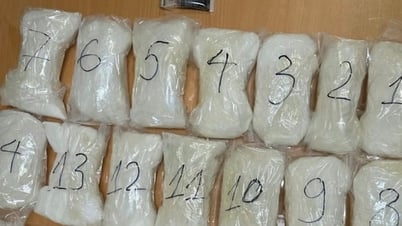

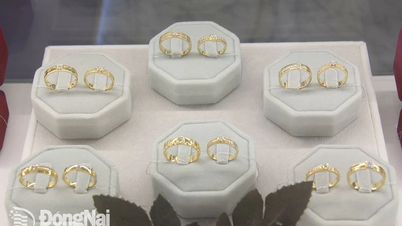



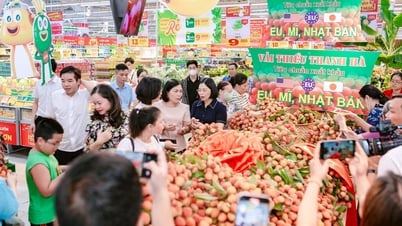

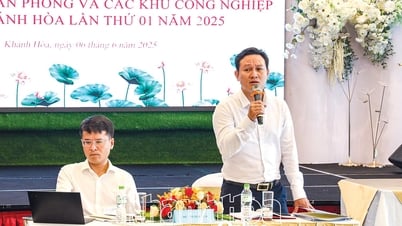

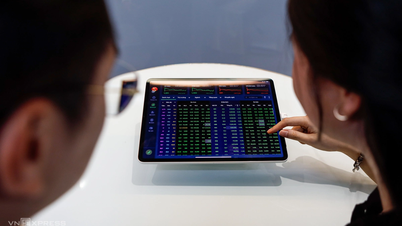




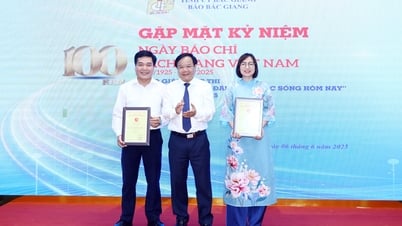
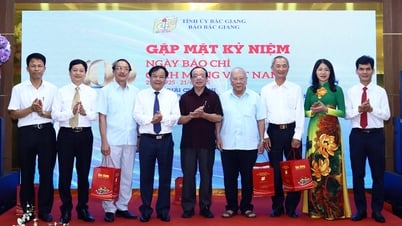
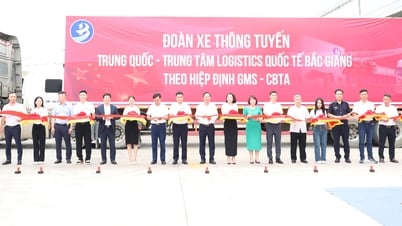
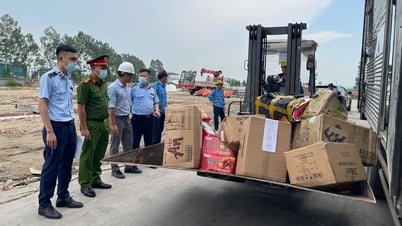

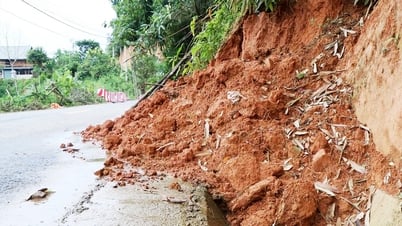
![[Photo] President Luong Cuong works with Hung Yen and Thai Binh Provincial Party Committees on implementing Resolution of the 11th Central Conference, 13th tenure](https://vphoto.vietnam.vn/thumb/1200x675/vietnam/resource/IMAGE/2025/6/6/127b735d2761484d81dcee0d7725a25b)


![[Photo] General Secretary To Lam receives Korean Ambassador to Vietnam](https://vphoto.vietnam.vn/thumb/1200x675/vietnam/resource/IMAGE/2025/6/6/a0765b7543784cbcbfe4755b67d43ab4)


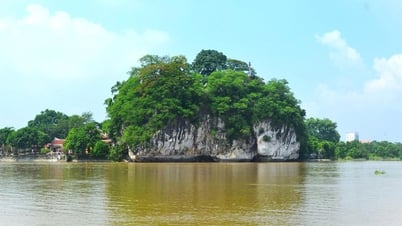

























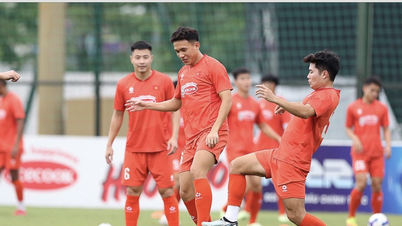
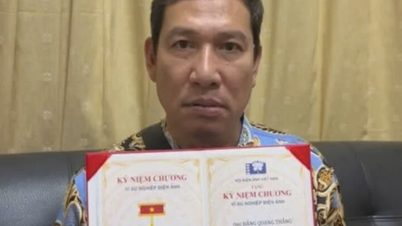







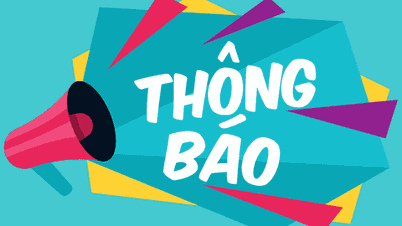

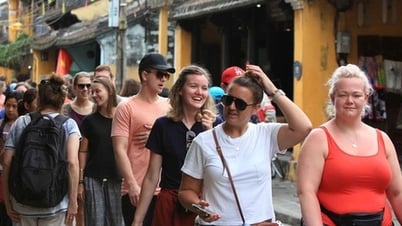


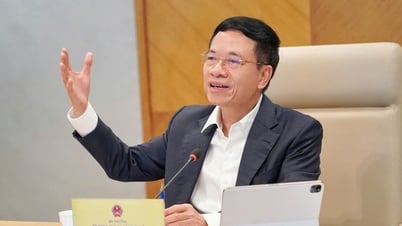

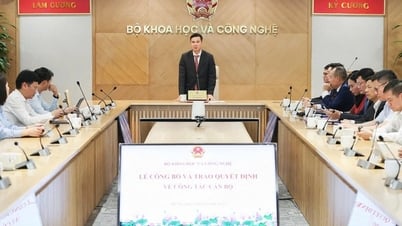



![[PHOTO] Ethnic minorities in the Bat Xat highlands preserve their weaving craft](https://vphoto.vietnam.vn/thumb/402x226/vietnam/resource/IMAGE/2025/6/6/d577f1c801474f05a422cc26de424bed)

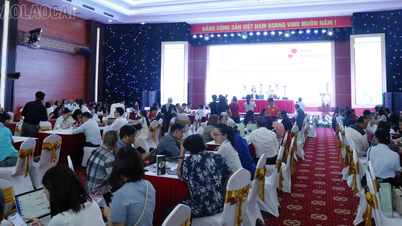
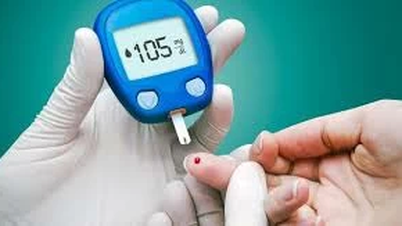
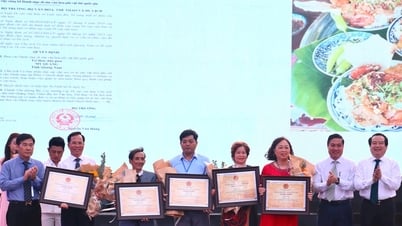





![[OCOP REVIEW] Tu Duyen Syrup - The essence of herbs from the mountains and forests of Nhu Thanh](https://vphoto.vietnam.vn/thumb/402x226/vietnam/resource/IMAGE/2025/6/5/58ca32fce4ec44039e444fbfae7e75ec)




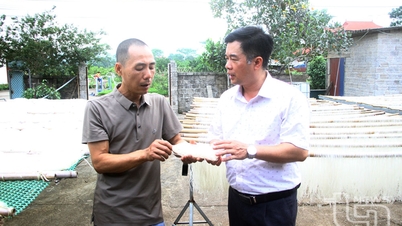



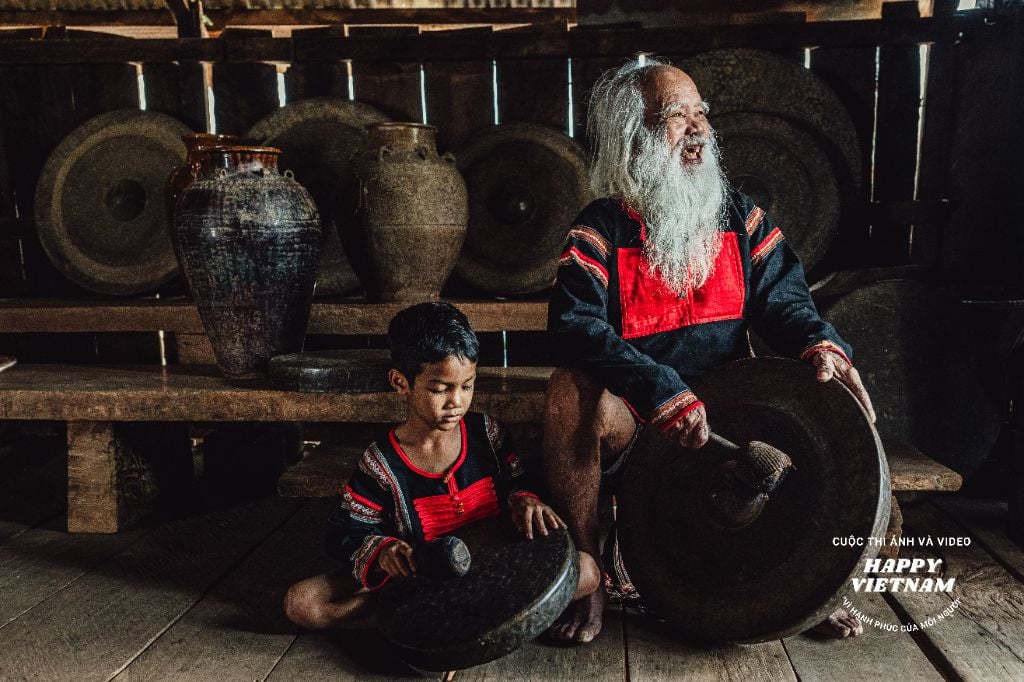
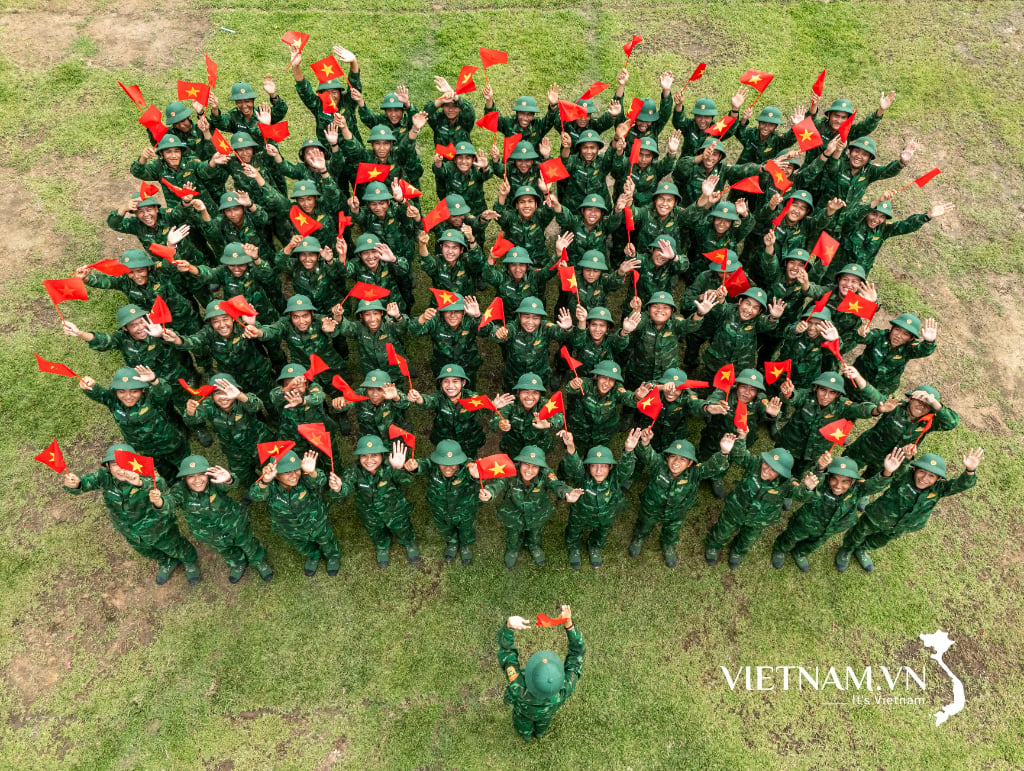
Comment (0)